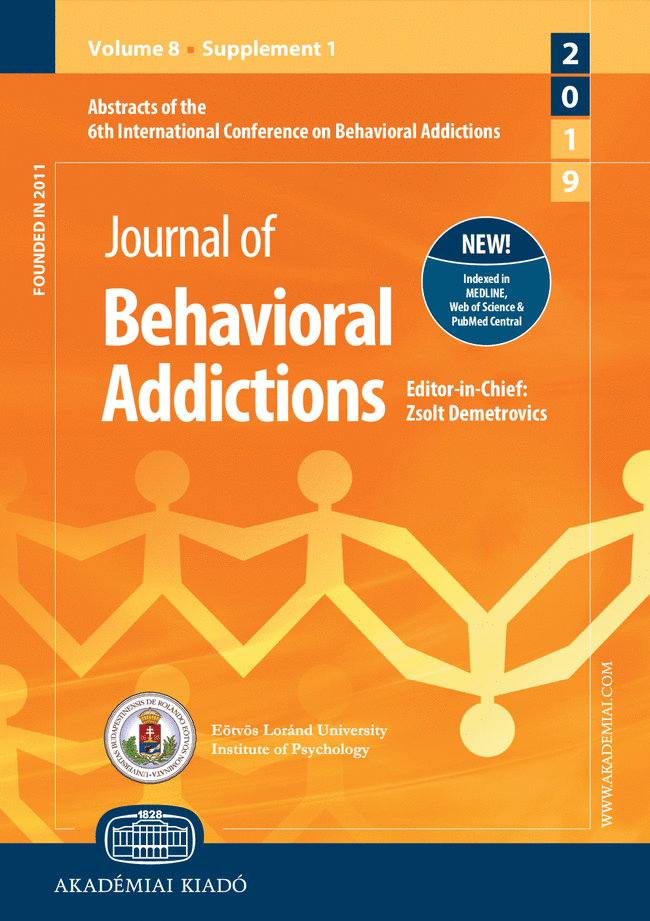
Performance of the DSM-5-based criteria for Internet addiction: A factor analytical examination of three samples
Background and aims. The diagnosis “Internet Gaming Disorder” (IGD) has been included in the fifth edition of Diagnostic and Statistical Manual of Mental Disorders. However, the nine criteria have not been sufficiently reviewed for their diagnostic value. This study focuses on a broader approach of Internet addiction (IA) including other Internet activities. It is not yet clear what the construct of IA is in terms of dimensionality and homogeneity and how the individual criteria contribute to explained variance. Methods. Three separate exploratory factor analyses and multinomial logistic regression analyses were carried out based on information collected from a general population-based sample (n = 196), a sample of people recruited at job centers (n = 138), and a student sample (n = 188). Results. Both of the adult samples show a distinct single-factor solution. The analysis of the student sample suggests a two-factor solution. Only one item (criterion 8: escape from a negative mood) can be assigned to the second factor. Altogether, high endorsement rates of the eighth criterion in all three samples indicate low discriminatory power. Discussion and conclusions. Overall, the analysis shows that the construct of IA is represented one dimensionally by the diagnostic criteria of the IGD. However, the student sample indicates evidence of age-specific performance of the criteria. The criterion “Escape from a negative mood” might be insufficient in discriminating between problematic and non-problematic Internet use. The findings deserve further examination, in particular with respect to the performance of the criteria in different age groups as well as in non-preselected samples.
More...

